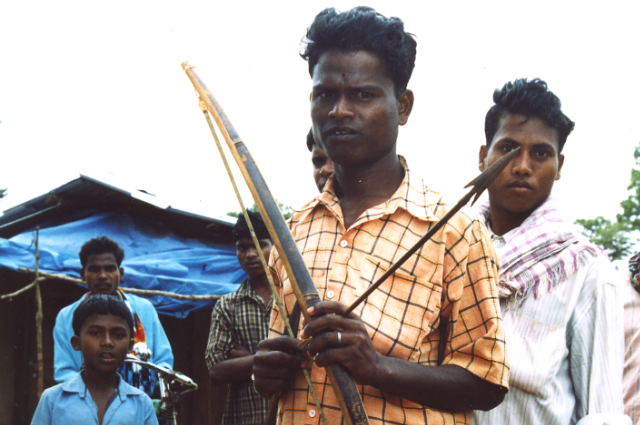Breaking Free from the Shadows: The Untold Story of Naxal Lives
In the dense jungles of Chhattisgarh, a silent story of despair and hope unfolded amidst towering trees and whispering winds. Here, under nature’s formidable canopy, countless lives were enmeshed in the stark realities of the Naxalite movement—a tale not of chosen rebellion, but of coerced survival and fractured dreams.
The Lure of Revolution: A Promise Turned Mirage
What drew individuals to the Naxalite fold often appeared righteous at first. The promise of justice and equality resonated deeply among the marginalized, whose voices were long silenced by systemic exploitation. "Jantana Sarkar," or the people’s government as envisioned by the Naxals, offered a utopian dream of empowerment and autonomy.
For others, however, the initiation was far from voluntary. Many were forcibly recruited, snatched from their families and plunged into an unforgiving world where rebellion replaced routine, and weapons supplanted words. What began as a collective vision of justice quickly turned into a harrowing reality of ceaseless violence and fear.
Life in the Shadows: A Dissonance of Ideals and Reality
As years passed, the romanticized ideals of revolution disintegrated under the weight of brutal existence. Nights were sleepless, filled with the anxiety of surprise attacks, while days were spent trudging through harsh terrains, with little food and no solace. Personal liberties, once taken for granted, became distant memories.
The camaraderie that initially held them together dissolved into distrust and rigid hierarchies, dictated by the Naxalite command. Every whisper of dissent was silenced, and every attempt to leave was met with merciless punishment. The promised justice turned out to be an illusion, leaving behind broken spirits trapped in an unending cycle of violence.
The Crossroads of Change: Choosing the Path of Courage
For many, the decision to surrender was not a sudden epiphany but a slow-burning realization that their lives were no longer their own. The desire for a normal life—of family, community, and peace—burned brighter than the false ideals they had been coerced into following.
However, surrendering was fraught with peril. Leaving the movement meant facing retribution not just from their leaders but also risking alienation from their communities. The fear of retaliation often extended to their loved ones, adding a cruel dimension to their predicament.
Yet, those who chose to step out found a new kind of bravery—a willingness to confront an uncertain future for the chance of reclaiming their humanity. Programs aimed at rehabilitation, though limited in scope, offered a flicker of hope. For some, this meant learning a trade, reconnecting with family, or simply rediscovering the freedom to dream.
The Unseen Heroes: A Beacon of Redemption
The journey from rebellion to redemption was neither easy nor linear. It required immense courage to not only escape the clutches of the Naxalite movement but also rebuild lives shattered by years of conflict. Many of these individuals became silent ambassadors of change, demonstrating that even amidst the darkest struggles, hope and resilience can lead to transformation.
Their stories remain a powerful reminder of the human cost of conflict and the strength it takes to reclaim a life once lost. In the remote corners of Chhattisgarh, where the shadows of rebellion linger, these individuals stand as testaments to the power of choice and the enduring spirit of humanity.

